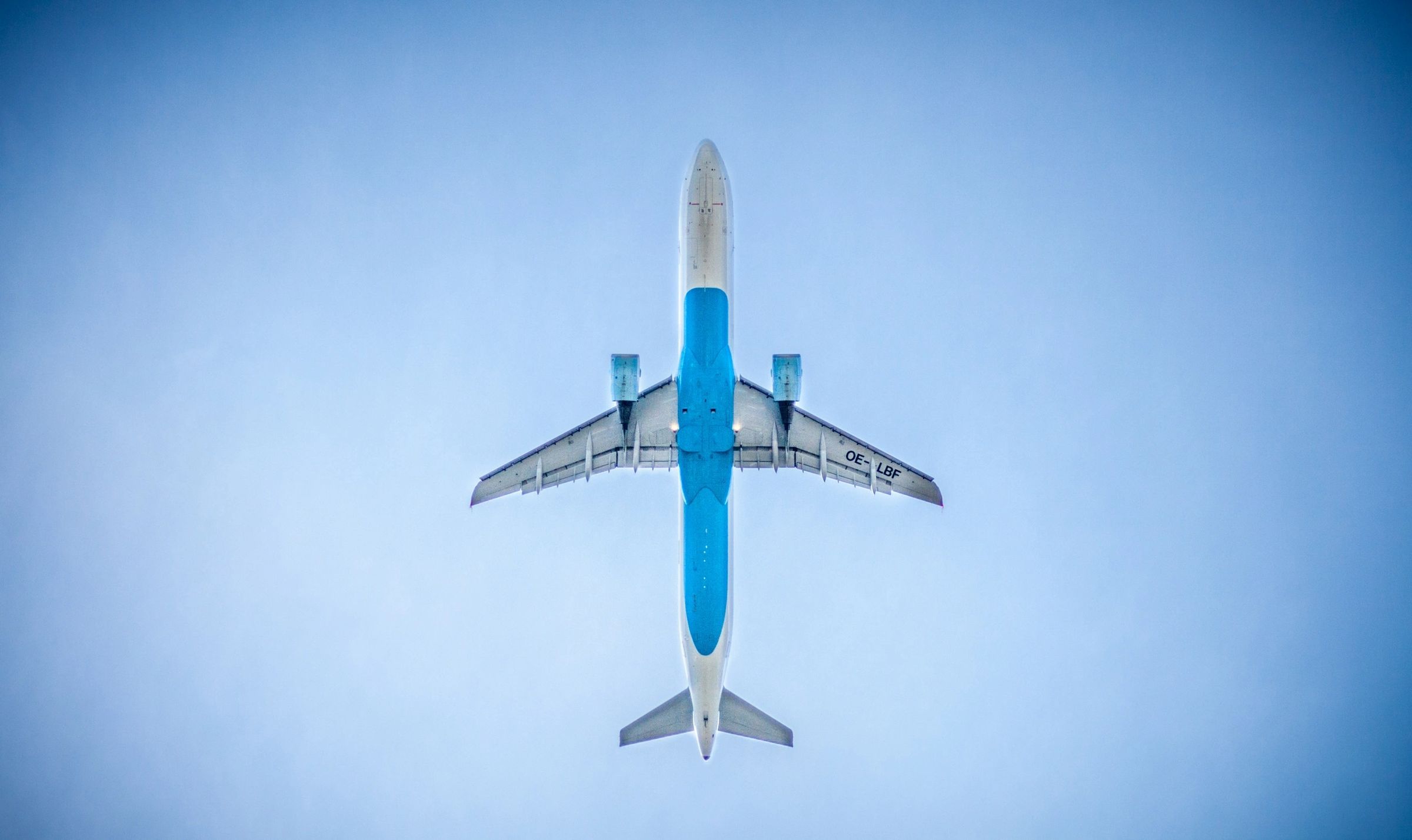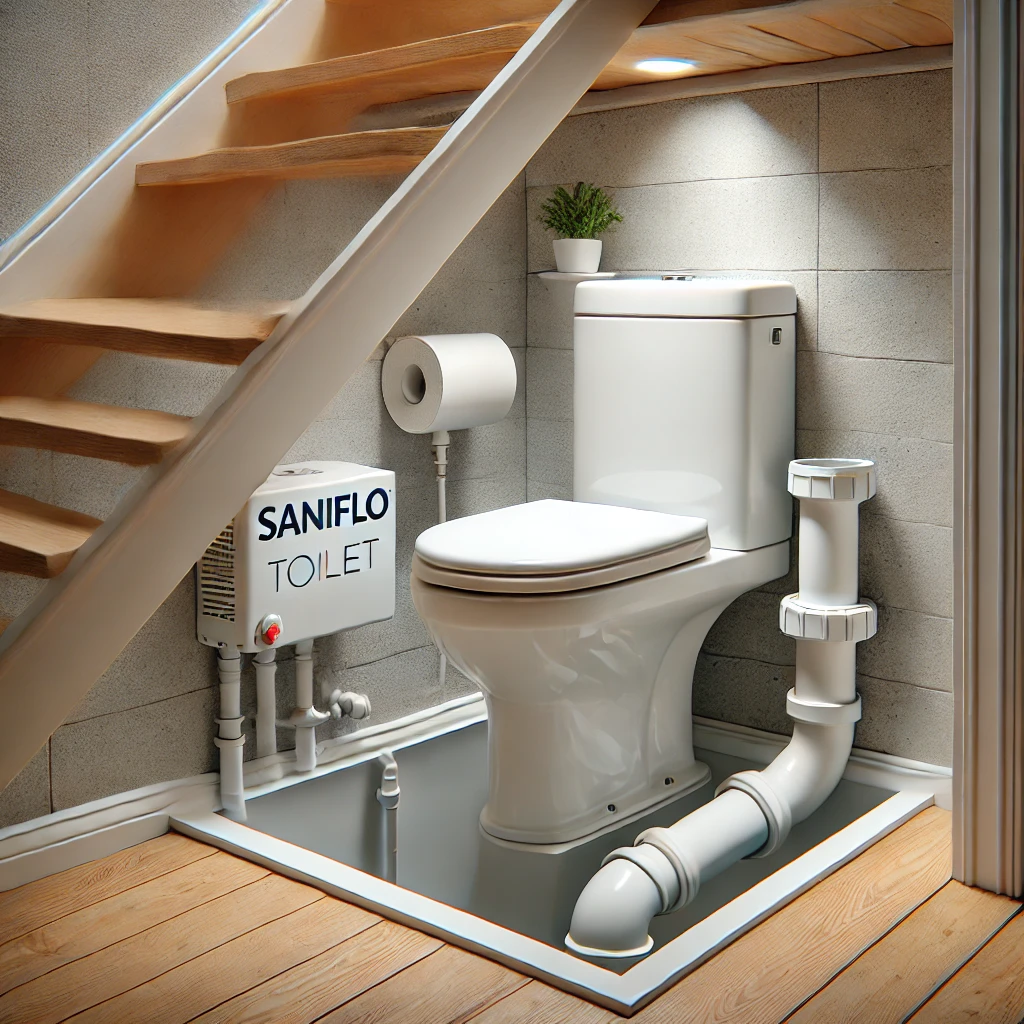The airline industry in 2025 is poised to undergo significant transformations driven by technological advancements, evolving consumer expectations, and global challenges. From automation and sustainability efforts to changing travel behaviors, the industry is adapting to new realities. Let’s take a closer look at what the future holds for air travel in the next few years.
1. Technological Innovations in Air Travel
By 2025, technology will have revolutionized air travel, improving efficiency, safety, and customer experience. One of the most notable changes will be the continued integration of artificial intelligence (AI) and automation. AI-powered systems are already being implemented in flight operations, predictive maintenance, and passenger services. In 2025, expect fully automated check-in procedures, AI chatbots for customer service, and even drones for logistics and delivery.
Moreover, autonomous aircraft are being developed, with several manufacturers and research organizations already testing pilotless planes. While fully autonomous commercial flights may not become widespread by 2025, pilot assistance systems and semi-autonomous aircraft could begin to emerge. These advancements could lead to reduced operational costs, greater fuel efficiency, and improved safety.
The Internet of Things (IoT) will also play a major role in improving the passenger experience. Smart airports with IoT-enabled systems will provide real-time updates, personalized services, and seamless connections between flights, luggage, and security checks. The integration of biometrics will eliminate the need for manual identification, speeding up boarding processes and enhancing security.
2. Sustainability and Green Initiatives
Environmental sustainability will be a key focus for the airline industry as it moves towards 2025. The growing concern about climate change and the need to reduce carbon emissions has prompted airlines to invest in greener technologies. Many airlines are setting ambitious goals to achieve net-zero emissions by the 2050s, but significant steps will be taken in the next five years.
Electric and hybrid-electric aircraft are expected to be operational by 2025, especially for short-haul routes. These planes will reduce the environmental footprint of flights by using less fuel and emitting fewer pollutants. Additionally, the development of sustainable aviation fuel (SAF) will be a crucial step in decarbonizing the industry. SAF, derived from renewable sources such as algae, waste products, and agricultural residues, could power commercial flights, significantly reducing their carbon emissions.
Airlines will also focus on improving fuel efficiency in traditional aircraft. The use of lighter materials, more efficient engines, and better flight planning technologies will help reduce fuel consumption. The industry is also working on improving air traffic management to minimize delays and optimize flight routes, which will result in lower fuel use and less environmental impact.
3. Changes in Consumer Behavior and Travel Preferences
The COVID-19 pandemic reshaped how people think about travel, and its effects will continue to influence the airline industry in 2025. As remote work becomes increasingly common, many people will travel more frequently for both business and leisure. However, travelers will expect enhanced flexibility, better hygiene standards, and a more personalized experience.
Increased demand for premium services is expected. Many business travelers will seek more comfortable, private, and efficient travel experiences, while others will look for ways to avoid crowded spaces, opting for more exclusive services like private jet charters or premium lounges.
Another key change is the rise of “sustainable travel” among consumers. As awareness of environmental issues grows, travelers will increasingly prioritize airlines that are committed to sustainability. Airlines that adopt green technologies and demonstrate a commitment to reducing their carbon footprint will appeal more to eco-conscious consumers.
4. Airline Consolidation and Alliances
The airline industry in 2025 will likely see more mergers and partnerships. As the industry continues to recover from the financial strain caused by the pandemic, smaller carriers may struggle to survive, leading to a wave of consolidation. Larger airlines will continue to form strategic alliances, which will allow them to expand their global reach and offer more coordinated services.
Moreover, the competition for premium routes, such as long-haul international flights, will intensify. Major airlines will forge stronger collaborations with regional carriers, ensuring that they can provide seamless connections across the globe. This interconnected network will make international travel more accessible and convenient for passengers.
5. Challenges and Risks
Despite these advancements, the airline industry will face challenges in 2025. Regulatory hurdles, technological adoption risks, and cybersecurity threats will remain significant concerns. As airlines rely more on digital systems, protecting customer data and ensuring safe operations will be crucial.
Additionally, geopolitical tensions, rising fuel prices, and potential pandemics or other global crises could disrupt the industry. Airlines will need to remain agile and adaptable to navigate these challenges while continuing to innovate.
Conclusion
The airline industry in 2025 will be shaped by a combination of advanced technologies, sustainability efforts, changing consumer preferences, and evolving business strategies. While there are many exciting prospects for the future of air travel, challenges such as economic pressures, environmental concerns, and global uncertainties will remain. However, the industry’s ability to innovate, collaborate, and adapt will determine how successfully it can navigate the skies of tomorrow.










